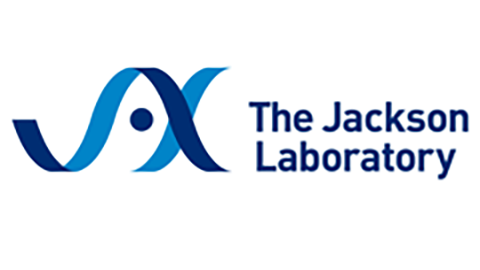
Faculty Research 1980 - 1989
Continuing germ line integration of AKV proviruses during the breeding of AKR mice and derivative recombinant inbred strains.
Document Type
Article
Publication Date
1982
Keywords
AKR-Virus: ge, Crosses-Genetic, DNA-Restriction-Enzymes, DNA-Viral: an, Gene-Amplification, Genes-Viral, Human, Infant-Newborn, Mice, Mice-Inbred-AKR: ge, mi, Mice-Inbred-C3H: ge, mi, Mouse-Leukemia-Viruses: ge, SUPPORT-NON-U-S-GOVT, SUPPORT-U-S-GOVT-P-H-S, Viremia: fg
First Page
165
Last Page
175
JAX Source
J-Virol. 1982 Apr; 42(1):165-75.
Grant
CA14051, N01-CP-33255
Abstract
The gel electrophoresis-hybridization technique of Southern was used to analyze genetically transmitted proviruses coding for the AKV strain of murine leukemia virus. We were able to identify the restriction endonuclease EcoRI fragments containing two previously unidentified, genetically transmitted AKV proviruses of AKR mice. Comparison of different sublines of AKR mice revealed considerable heterogeneity in their complement of germ line proviruses. This heterogeneity provides evidence that the provirus complement of AKR mice is not stable. Rather, the number of genetically transmitted proviruses increases during inbreeding. Examination of a series of sublines of the C3H strain indicated that this amplification is dependent on viremia. We estimate that, in viremic strains of mice, one new provirus becomes fixed in the germ line every 15 to 30 years.
Recommended Citation
Steffen DL,
Taylor BA,
Weinberg RA.
Continuing germ line integration of AKV proviruses during the breeding of AKR mice and derivative recombinant inbred strains. J-Virol. 1982 Apr; 42(1):165-75.

